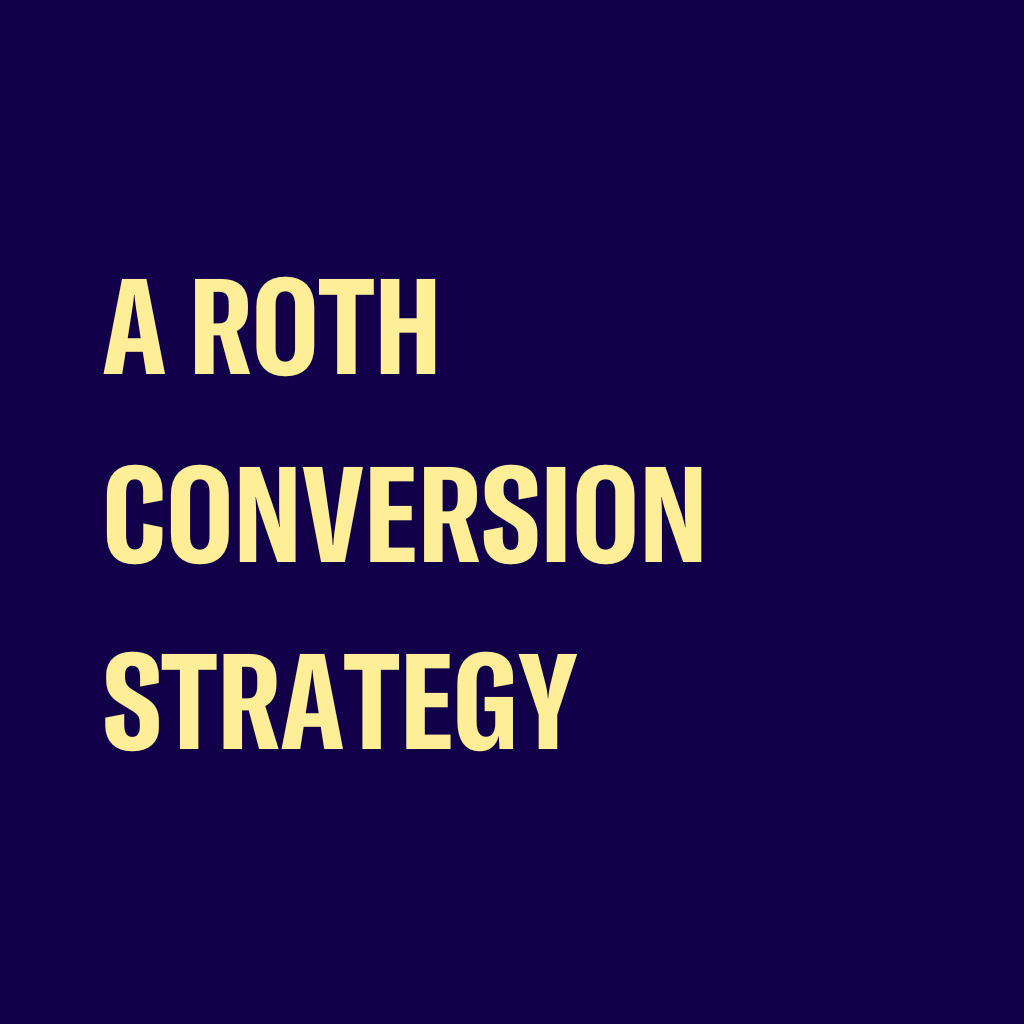🗞️ News & Moves 🏠
Texas just made foreign capital's U.S. exit plans a lot easier. The state's SB 17 law (effective September 1) bans investors from China, Russia, Iran, and North Korea from buying or leasing Texas real estate, with the governor empowered to expand that list at will. The vague language has attorneys warning about a "chilling effect": it's unclear whether the ban hits funds with even a single Chinese LP, adding compliance headaches to an already sluggish dealmaking environment. This isn't just Texas though. At least a dozen states have passed similar restrictions since 2023, helping push foreign investment's U.S. market share down to 15.4% in H1 2025 from a five-year average of 17.7%. With 63% of global institutional investors now bearish on U.S. real estate and over half planning to cut exposure in 2025, these state-level restrictions are accelerating capital flight to Europe, Japan, and Australia just when the U.S. market needs liquidity most.
Blackstone's Jon Gray is calling the turn on CRE's rough patch. After “3½ tough years" of rising capital costs and falling valuations, Gray sees a market reset taking shape: borrowing costs are finally declining, assets have repriced to more realistic levels, and new supply has cratered nearly 70%. For investors sitting on dry powder, Gray's framing this as the setup: lower replacement costs, less competition from new development, and cheaper debt creating entry points across property types. The subtext for CRE dealmakers: if you've been waiting for the all-clear signal to deploy capital, one of the industry's biggest players just gave it.
🚨The Fed Pulse🚨
U.S. 5 Year Treasury | U.S. 10 Year Treasury | Fed Funds Rate |
|---|---|---|
3.69% ⬇️ | 4.11% ⬇️ | 4.22% ⏸️ |
The Fed's next move is looking like a foregone conclusion. Wall Street is pricing in a quarter-point rate cut at the October 28-29 FOMC meeting, which would push the fed funds rate down to 3.75%-4%—the lowest level since December 2022. This follows September's first cut in over a year, with Fed officials spooked by summer job growth that nearly flatlined as tariffs squeezed consumer spending. For CRE investors, cheaper borrowing costs should ease refinancing pressure and potentially unlock stalled transactions, though the broader signal of economic weakness means underwriting needs to stay conservative.
🏢 Chicago CRE Insider 📈
Chicago's affordable housing mandates just failed their 20-year performance review spectacularly. The city's inclusionary zoning ordinance has produced only 2,798 affordable units since 2003, while costing the market an estimated 43,000 homes that could have been built if Chicago had kept pace with other major U.S. cities. The Illinois Policy Institute found the requirement that developers set aside 20% of units in buildings with 10+ apartments at below-market rates has backfired: developers either cap projects at nine units or jack up prices on market-rate units to offset losses. Chicago now permits just 1.36 units per 1,000 residents (less than half the rate before the mandate took effect). It's a stark reminder that well-intentioned affordability mandates often do more to suppress supply than help low-income renters.

Here’s another strategy Fred Hubler dropped on the podcast that made me stop and rewind.
Fred's the CEO of a wealth management firm that works with millionaires and NFL players, and he revealed a completely legal way to slash your tax bill when converting an IRA to a Roth.
When you convert a traditional IRA to a Roth, you pay taxes on the full amount. Convert $100,000, pay taxes on $100,000.
That stops a lot of smart investors from making the move.
But there's a loophole hiding in how the IRS handles real estate development projects.
When you invest in a real estate development inside your IRA (something being built from the ground up) the IRS allows you to revalue that investment at its current market worth during the development phase.
You put $100,000 into a development project through your IRA. Three months in, the land is staked out but nothing's built yet.
At that moment, your investment isn't worth what you put in. The custodian can legally revalue it at maybe $40,000 or $50,000 (because that's the actual current value of an incomplete project).
You then convert to a Roth at that revalued amount, and you only pay taxes on $50,000, not $100,000.
Your account statement still shows $100,000 (so you're not panicking), but for tax purposes, you're only on the hook for the lower custodial value.
After the conversion, the project completes. The value goes back up and keeps climbing.
Now it's all growing tax-free in your Roth. Forever.
The development timeline creates a legitimate tax arbitrage opportunity.
You're not gaming the system. You're using the natural valuation curve of real estate development to your advantage.
Keep in mind, this only works with actual development projects, not completed properties. You need to be an accredited investor working with a custodian who understands alternative assets.
But if you're sitting on a traditional IRA and looking at that future tax bomb, this is worth exploring.
The wealthy have been doing this quietly for years. Fred just said the quiet part out loud!
